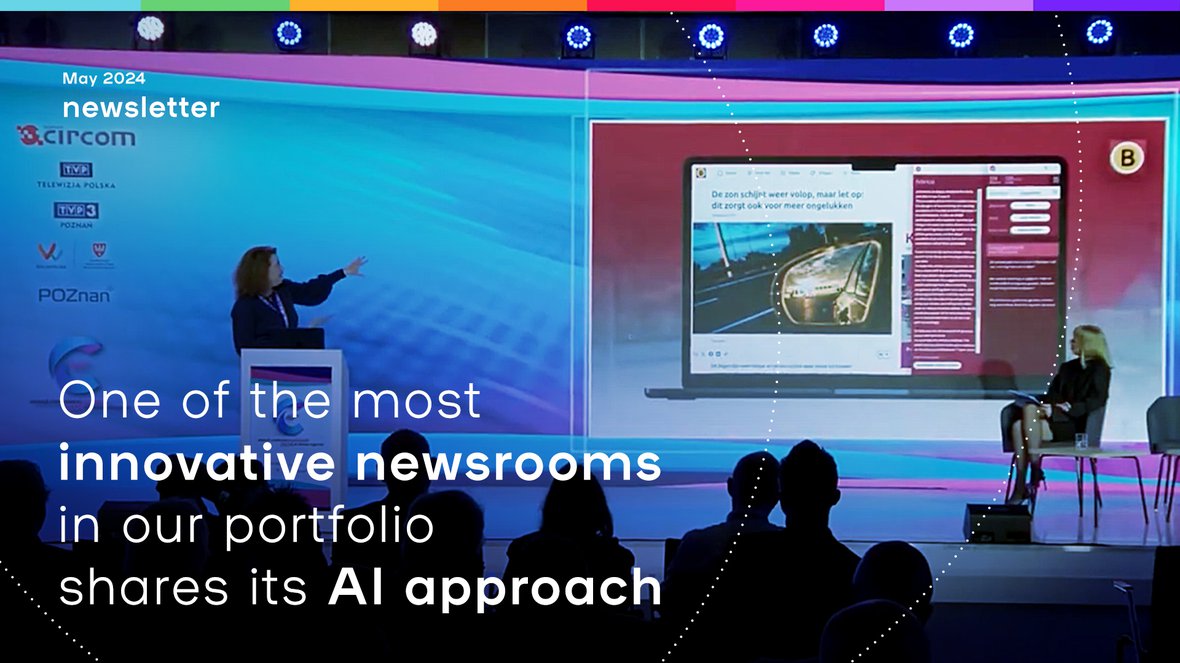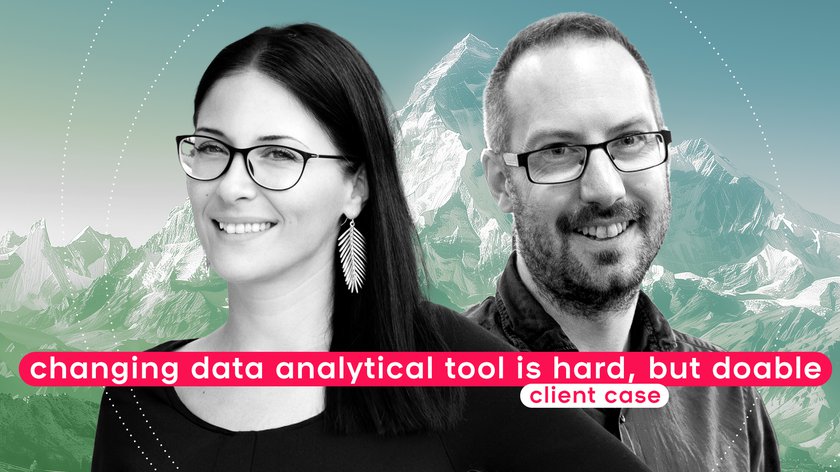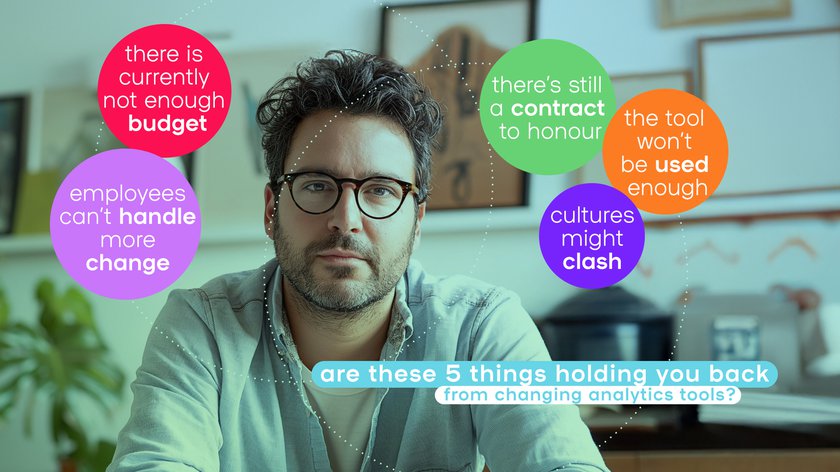Hello there,
Until a year ago, Janneke Bosch from Omroep Brabant was sceptical about the capabilities of artificial intelligence. However, in a passionate speech at the CIRCOM Regional Annual Conference, she captivated the entire audience.
When you watch the video, you’ll understand why smartocto is eager to collaborate with Omroep Brabant. This regional broadcaster has been highly innovative for at least 15 years, making it part of the digital forefront in the Netherlands and beyond.
It’s no surprise then that the broadcaster introduced an AI newscaster for some online articles. Visitors who prefer watching videos over reading can now see the news presented by a familiar face from the presenter pool. It’s an AI clone of Nina van den Broek. According to the editor-in-chief, visitors have responded enthusiastically.
From our perspective, what Janneke Bosch showcased at CIRCOM about other experiments at Omroep Brabant is even more intriguing:
- Headline suggestions from smartocto.ai to assist with headline testing.
- Suggestions for alternative paragraphs where readers tend to drop off, from smartocto.ai.
- Ideas for follow-ups written from a different user need perspective, also from smartocto.ai.
Janneke's account is balanced, describing the challenging initial steps but also clearly stating what the newsroom is already gaining: “It saves us a lot of time and it’s easier to come up with new ideas.”
She’s also candid about AI rewriting paragraphs: some words still don’t quite match Omroep Brabant’s tone of voice, but by continuously training and feeding the system, it’s only a small step before AI reaches the level of human editors.


